In this stream, we will examine and illustrate macro adjustments that would make significant changes to the overall sustainability and manageability of surface transport. For instance, should we be controlling vehicle size, occupancy levels and emissions to access cities? Is there a model for timed and tolled road usage? Would restricting trucks and oversized vehicles from daytime or rush hour use reduce congestion, speed traffic flow and reduce fatalities? Or could we simply employ the Swedish ‘Vision Zero’ mentality to improve road safety?
New technology, such as hyperloops and underground tunnels, maglevs, and even buses and other public transportation forms that sit ‘above traffic’, have recently been shown as radical solutions.
Speakers from leading transportation solution providers and mobility thought leaders will be joined by hyperloop and city design professionals to examine changes that could radically transform surface congestion.
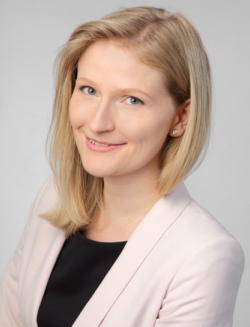
Silvia Bernkopf
business development
AIT Austrian Institute of Technology GmbH
AUSTRIA

Synopsis: As the number of public transport users increases, the risk of overcrowding is becoming a major challenge that needs to be addressed. Big crowds must be managed in infrastructures with limited space within a very short time. The application of pedestrian simulations in virtual environments provides analysis and optimization of pedestrian flows and thus minimizes risks and increases efficiency. The session will highlight the possibilities of pedestrian simulation tools from small-scale measures to considerable actions. Successful projects with applications in public transport, major events, city districts and tourist hot spots will demonstrate the benefits and positive impact of pedestrian simulation tools.
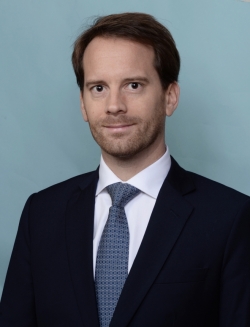
Mickael Tauvel
principal
Arthur D. Little
FRANCE

Synopsis: The development of the future of mobility faces many uncertainties from many perspectives. On one hand, radical changes require the development of robust strategies from mobility stakeholders; on the other hand, there is a need to run experiments and pilots quickly to collect insights required to test the future of mobility’s offers and business models. In this presentation, the speaker will share Arthur D. Little’s insights on key piloting approaches, operational and organizational models, use cases and key success factors.
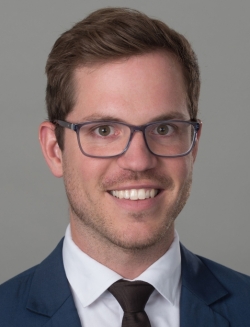
Oliver Wohak
senior consultant
d-fine
GERMANY
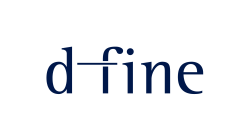
Synopsis: Digitization and the need for innovation, driven by continuous urbanization, have given rise to fragmented mobility solutions. As of today, many of these are operating in silos. This talk will discuss the trend toward service integration, and highlight how mobility ecosystems will go beyond our current view of MaaS platforms to solve traffic and emissions problems. In particular, key examples such as demand prediction for last-mile services, modeling of route-based emissions, and dynamic pricing for the use of parking and road infrastructure will highlight the potential of an integrated mobility ecosystem – for the users, the providers and the cities.
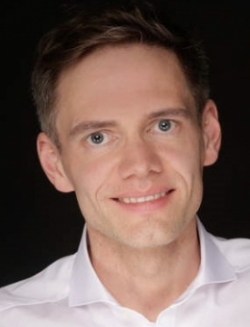
Thorsten Sickenberger
manager
d-fine
GERMANY
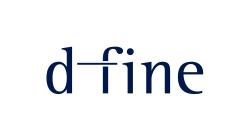
Synopsis: Digitization and the need for innovation, driven by continuous urbanization, have given rise to fragmented mobility solutions. As of today, many of these are operating in silos. This talk will discuss the trend toward service integration, and highlight how mobility ecosystems will go beyond our current view of MaaS platforms to solve traffic and emissions problems. In particular, key examples such as demand prediction for last-mile services, modeling of route-based emissions, and dynamic pricing for the use of parking and road infrastructure will highlight the potential of an integrated mobility ecosystem – for the users, the providers and the cities.
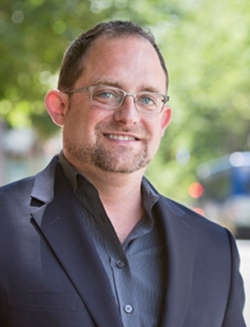
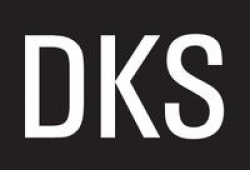

Adrian Pearmine
national director for smart cities and connected vehicles
DKS Associates
USA

Synopsis: For years we've been talking about connected and autonomous vehicles together in one statement and even one acronym: CAV. Yet as the industry has evolved, many people in the public and private sectors have tended to focus on one or the other, between connected and autonomous, and the two paths seem to be disconnected and potentially even diverging. Join this discussion about the importance of telecommunications investment in connected infrastructure and the necessary linking of connected vehicle technology to make autonomous vehicles safe, effective and efficient.
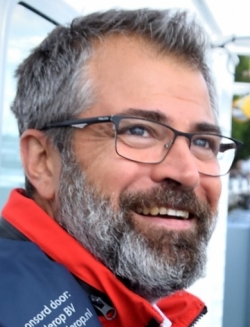
Richard Ferrer
senior officer of the CEF program
European Commission
BELGIUM
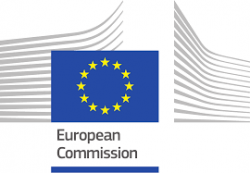
Synopsis: The European Commission supports transport research innovation and deployment through the implementation of many funding programs. The Horizon 2020 Research and Innovation program and the Connecting Europe Facility (CEF) are two such programs implemented by the Innovation and Networks Executive Agency (INEA). The total value of the EC grants administered at INEA is currently approaching €33bn. This presentation will highlight elements of each program and examples of the topic areas from aviation to urban mobility. Future funding opportunities will also be highlighted.
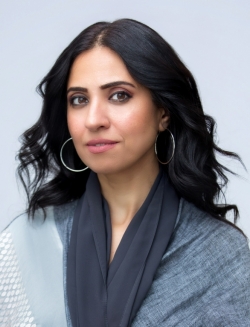
Laila Hareb
advisor to DG
General Civil Aviation Authority
UNITED ARAB EMIRATES

Synopsis: The UAE is a leading country in the implementation of new technologies in the field of transportation. The recent announcements of the hyperloop implementation and Dubai UAV AirTaxi have created some challenges for the government to reshape its governance framework to foster these technologies. The presentation will shed some light on these challenges and future opportunities in the UAE transportation system.
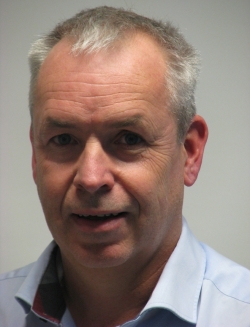
Tjark Siefkes
department manager - vehicle concepts
German Aerospace Center (DLR)
GERMANY
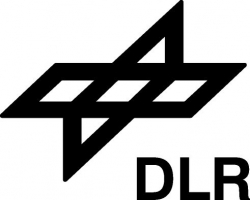
Synopsis: The presentation will discuss improved transport mobility with less traffic through integrated, seamless door-to-door logistics, achieved via new high-speed modular cargo trains and modular autonomous road vehicles. Both transport modes are connected via a new type of logistics terminal, which loads and unloads a complete train within three minutes. A central feature of the road vehicle is a standardized autonomous electric drive board with integrated lifting device for holding various cargo containers. Central features of the double-deck train are individually driven cars (400km/h) with automatic loading. The intermodal terminal minimizes the throughput time of the various goods.

Tim Houter
co-founder and CEO
Hardt Hyperloop
NETHERLANDS
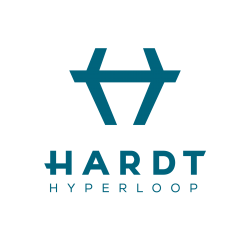
Synopsis: A thrilling story about the potential of the hyperloop and how it will change the world. What would a hyperloop-connected world look like and what would that mean for society as a whole? We need to find a sustainable alternative for the aviation industry (just this industry alone will emit more CO2 than allowed by the entire world in the Paris Climate Agreement). This alternative is the hyperloop. What's the current status of the hyperloop development, what are the challenges along the way, and when will it be a reality that passengers and cargo can travel in the hyperloop?
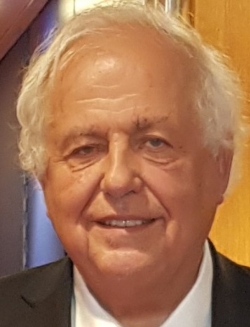
Jan-Olaf Willums
chairman
Inspire Invest
NORWAY
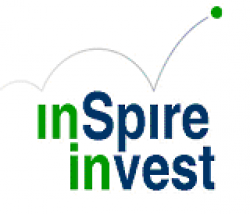
Synopsis: We need to radically rethink how the growing avalanche of packages from online shopping, and the rising demand for comfortable door-to-door personal transport, is handled. We need a new generation of intermodal travel and fleet planning, optimized with machine learning, and new game-changing technology for moving people and parcels. The modular NEXT 'bus', which can split up into autonomous pods swarming out autonomously for the last mile, can also deliver parcels quickly and cheaply. Tested in Dubai in 2018, it is now linked to ZET software, which optimizes transport logistics continuously and identifies multi-modal solutions that will reduce cost, congestion and climate impact.
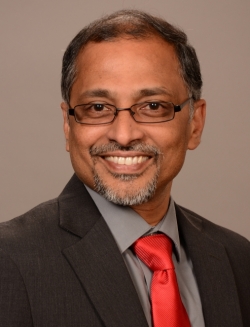
Nixon Xavier
vice president, innovation
Katalyst Technologies
USA

Synopsis: Crowdsourcing services like Uber make it possible to find transportation through private rides, bikes or scooters within minutes. This session will cover the future and adoption of micromobility, and how it will replace the larger shared mobility market. Attendees will learn more about the devices and technology that will enable organizations to innovate in compliance with regulations for the safety of drivers, passengers and pedestrians.
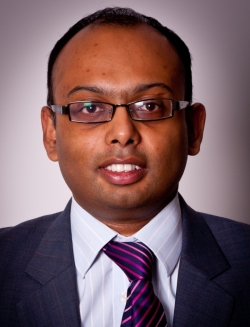
Becrom Basu
director
L.E.K. Consulting
UK
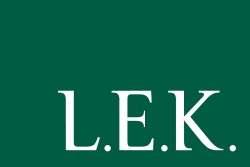
Synopsis: Hyperloop technology has the potential to revolutionize travel. It promises massively reduced journey times, lower capital costs and better energy efficiency. It is also expected to bring significant agglomeration benefits – claims that, coupled with the ability to 'virtualize' existing transport hubs, have caught the imagination of the market. Considerable work is underway to make hyperloop technology a reality, but what role will it play in future transport provision? L.E.K. Consulting examines the challenges aspiring hyperloop operators and investors must deal with before the technology can become a reality: overcoming technology barriers; pricing, public subsidy and commercial feasibility; and timing of roll-out.
Synopsis: Mobility services across the board are facing a revolution. Changing attitudes to private vehicle ownership and increasing pressure on the economics of mobility mean that the transport industry is experiencing unprecedented disruption from a technology enabler – Mobility as a Service (MaaS). What is MaaS, when should we anticipate its arrival, and what benefits will it bring for consumers and transport providers? L.E.K. examines the key factors driving MaaS, the roles that different parties will play in the MaaS ecosystem, opportunities for consumers and transport authorities, and the imperatives for governments and private mobility suppliers to consider their positioning.
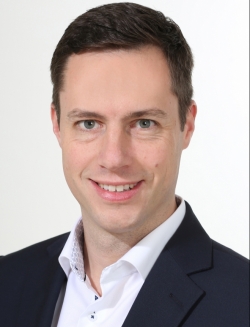
Lukas Wrede
senior manager
MHP
GERMANY
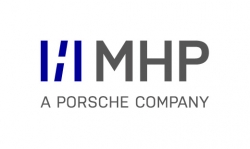
Synopsis: Steadily increasing last-mile delivery poses big challenges for cities as it is responsible for congestion on the streets and, to some extent, is economically inefficient. At the same time, new players for vehicles, logistics concepts and digital infrastructure are appearing on the scene to be part of the solution and the business. This presentation will shed some light on the fundamental challenges the involved industries face, and will introduce some innovative approaches to stay ahead of the game.
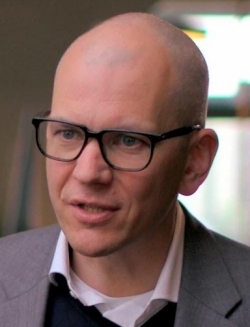
Marcus Willand
head of mobility
MHP
GERMANY
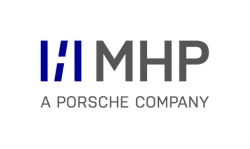
Synopsis: Steadily increasing last-mile delivery poses big challenges for cities as it is responsible for congestion on the streets and, to some extent, is economically inefficient. At the same time, new players for vehicles, logistics concepts and digital infrastructure are appearing on the scene to be part of the solution and the business. This presentation will shed some light on the fundamental challenges the involved industries face, and will introduce some innovative approaches to stay ahead of the game.
Lars Hesselgren
director of research
PLP Architecture
UK

Synopsis: PLPLabs and RISE Research Institutes of Sweden have launched a research report unveiling a new transport concept called NuMo – New Urban Mobility. It is a pioneering mobility solution that combines automated electric vehicles (AEVs) with mass transit, and utilizes dedicated street networks and control systems that integrate with existing infrastructure for a smooth transition to a fully automated transport system. Despite investment in road infrastructure, the current traffic systems in cities face significant challenges. NuMo has been developed as a direct response to the current pressures of urban mobility, including congestion, poor air quality, decreasing travel speeds, road accidents and mixed modes.
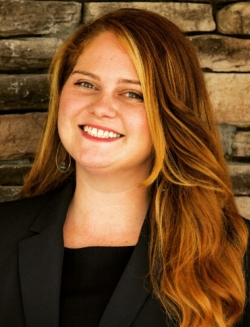
Marissa Burkett
consultant
Ptolemus
FRANCE

Synopsis: Get to grips with the implementation of road user charging worldwide as a method for funding roads and managing congestion. Map out the global road user charging landscape, including the ever-evolving technologies used to charge for and enforce tolling. Understand best practices for rolling out a successful road user charging scheme, be it congestion zones in cities or motorway tolling. Assess how successful charging for road usage in reducing congestion and pollution in inner cities has been, including case studies of how it has been implemented in cities such as London.
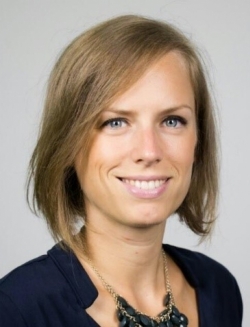
Nora Szabo
traffic manager
PTV Group
AUSTRIA

Synopsis: The concept of new mobility stems from the new way of looking at the basic human need to move from place to place, intrinsically linked with an unprecedented level of information provided to people in the age of the current digital revolution. New mobility consists of three analytical pillars: real-time traffic modeling including air quality and congestion management segments, MaaS and algorithms for shared and autonomous driving. Only through advanced modeling, simulation and real-time operational solutions is it possible to evaluate the impact (social, financial and technological) of the change we are facing. The session will present global experiences and modeling case studies, which provide an insight into how we can be ready to adopt the global change for mobility in the city of tomorrow.
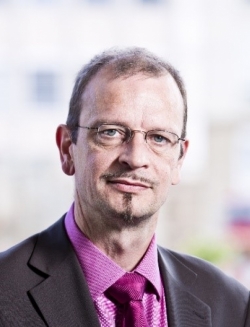
Thomas Epp
managing director
PTV Group
AUSTRIA

Synopsis: Urban population growth increases the demand on transport networks in cities, leading to higher levels of congestion and delays. Advances in ITS technology allow transport authorities to make use of new methods to reduce travel time and traffic congestion, promoting integrated and seamless travel along main corridors. By using traffic forecasts, transport managers have more leverage for maneuvers to implement the best measures. Model-based solutions, which can output dynamic forecasts for a time horizon of up to 60 minutes, combine proven offline traffic modeling with real-time data and algorithms to provide traffic planners with the information they need to make the right decisions.
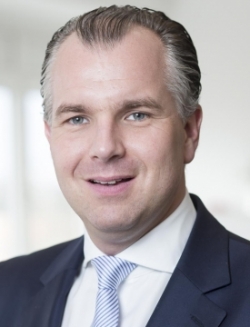
Mark Friesen
managing partner
Quinta Consulting
GERMANY

Synopsis: Parking is an important infrastructure location for ground-based transportation. However, the urban parking business has come under pressure in recent years, not only because digital and technological innovations have arisen, but also because market requirements for things like EVs, AVs and TNCs are changing dramatically. This presentation will address the main forces of both, illustrating what urban parking looks like today and explaining how disruptive trends like digitization, data and new modes of surface transportation will shape the future of urban parking.
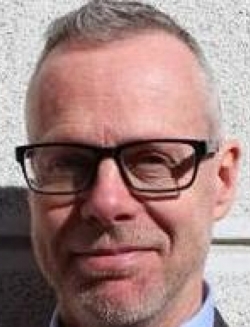
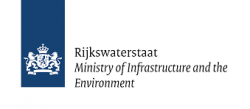

Louis Hendriks
senior advisor international traffic management and ITS
Rijkswaterstaat - National Traffic Centre
NETHERLANDS

Synopsis: To make the right choices concerning smart mobility, road operators must monitor ITS developments relevant for traffic management. To deal with this, Dutch road authority Rijkswaterstaat has developed the Leading Innovation Timeline (LIT) together with the EU ITS Platform. It visualizes future innovations, particularly changes in IT systems that are expected to have an impact on traffic management. The LIT helps create awareness of what is happening around us and how fast it will influence traffic management. When relying on the LIT, investments can be made in a timely manner and the risks of innovations can be better assessed.
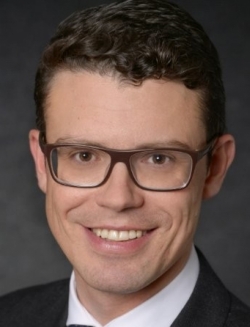
Alexander Dyskin
principal
Roland Berger
GERMANY
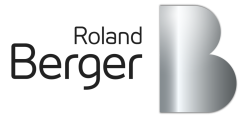
Synopsis: In recent years, new technologies and business models have emerged that will change the image of urban mobility as we know it. Applied properly, these new technologies offer enormous opportunities to make the quantum leap toward financial sustainability for public transport. In our current study, we have identified and quantified which new technologies or business models public transport companies can best use. Based on three different archetypes of urban transport systems in Germany, we have identified seven strategies to make public transport more profitable in the future: fleet automation, electric buses, robo-shuttles, real-time data, ride-pooling, capacity management, and Mobility as a Service. There are major differences in the way each strategy helps to improve profitability. To realize this potential, operators, suppliers and regulators need to rethink their approach to defining and implementing a comprehensive technology map.
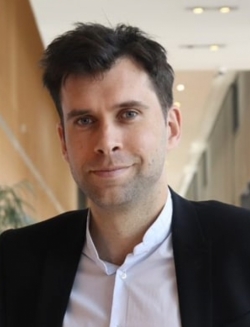
Tristan Vandeputte
head of innovation
Systra
FRANCE

Synopsis: For more than 200 years, trains have offered the public unparalleled service in terms of capacity, speed, safety and, nowadays, low carbon emission. The industry is now about to release a new generation of intelligent autonomous trains, benefiting from innovative technologies, with the aim of substantially increasing reliability and flexibility. The presentation will also tackle two questions. First, how will new trains compete with and complete mobility solutions offered by autonomous cars? Then, why will autonomous cars' use of the principles of connected infrastructure, a technology developed 50 years ago by the railway industry, not spell the end of trains?
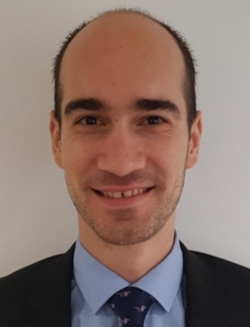
Polyvios Polyviou
transport innovation policy manager
TfL - Transport for London
UK

Synopsis: New mobility services, if well managed, could play an important role in urban mobility. London’s ambitious target for 80% of journeys to be made by public transport, cycling or walking by 2041 makes it even more necessary to embrace innovative solutions that offer answers to key transport challenges. This presentation will provide some practical examples of how policymaking, trials and new ways of procuring can support disruptive innovation.
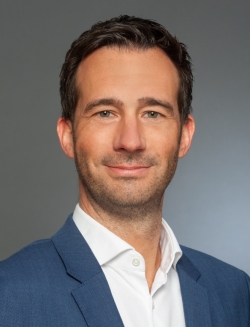
Harald Frey
project leader
University of Technology Vienna
AUSTRIA
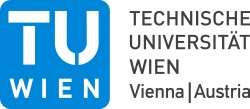
Synopsis: The traditional transport paradigm, based on 'growth of mobility', 'travel time saving' and 'freedom of modal choice' sees congestion as a problem that should be prevented. This narrow view was overcome with the knowledge of real system behavior: constants of trips, travel time and the structural determination of human behavior. Quality of Service level F became part of the engineering multimodal toolbox to manage and control the transport and urban system in a sustainable direction. These principles, developed in the 1970s, have been implemented with success and contributed to Vienna's top position in the Quality of Life ranking.

Hermann Knoflacher
professor
University of Technology Vienna
AUSTRIA
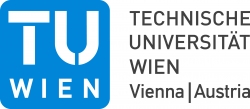
Synopsis: The traditional transport paradigm, based on 'growth of mobility', 'travel time saving' and 'freedom of modal choice' sees congestion as a problem that should be prevented. This narrow view was overcome with the knowledge of real system behavior: constants of trips, travel time and the structural determination of human behavior. Quality of Service level F became part of the engineering multimodal toolbox to manage and control the transport and urban system in a sustainable direction. These principles, developed in the 1970s, have been implemented with success and contributed to Vienna's top position in the Quality of Life ranking.
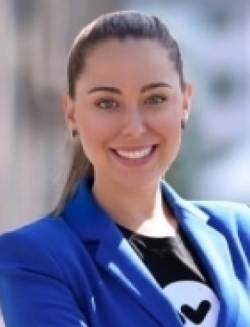
Tamy Ribeiro
chief evangelist and head of partnerships
Wunder Mobility
GERMANY

Synopsis: The new emerges where old orders are questioned. But most people don't dare to do that unless there's an excuse – and this is what new technologies are always great for, especially digitization. In particular, networks and mobile systems – from notebooks to smartphones to the Internet of Things – are dissolving the old industrial ways. Technology has been helping to do this step by step. But will this reduce traffic? The presentation points out what needs to be done, and that digitization can keep its promise to reduce traffic congestion.
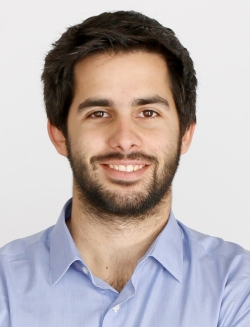
David Pistoni
co-founder and CEO
Zeleros Hyperloop
SPAIN

Synopsis: Zeleros is a European company leading the development of hyperloop. Zeleros’s main approach minimizes infrastructure costs by adding the main technologies in the vehicle, resulting in a unique solution that provides the needed scalability to connect long distances efficiently, cutting emissions from aviation and trucking as well as offering safe pressures for passengers. After the validation of subsystems at laboratory scale, the company is creating a 2km test track in Spain to demonstrate the system at high speed. Zeleros is promoting international standardization supported by major technological companies, investors and research institutes, with the goal of achieving global interoperability.
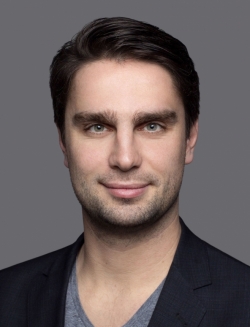
Nils Jakubowski
CEO
ZET
GERMANY

Synopsis: Mobility is one of the fastest changing markets today, but it's largely uncoordinated. Players often try to maximize market share at all costs without solving real challenges. According to the United Nations World Urbanization Prospects, 2018, 55% of the world’s population is already residing in urban areas; this is expected to reach 68% by 2050. The population growth will eventually increase urban traffic congestion and generate the need for smart transportation and traffic management solutions. Recent innovations in modular software platforms, keyless access to a wide range of vehicles, and improvement in routing algorithms enable a new, flexible, truly inter-modal platform. ZET provides a modular platform ecosystem to enable real inter-modal mobility solutions in any environment.